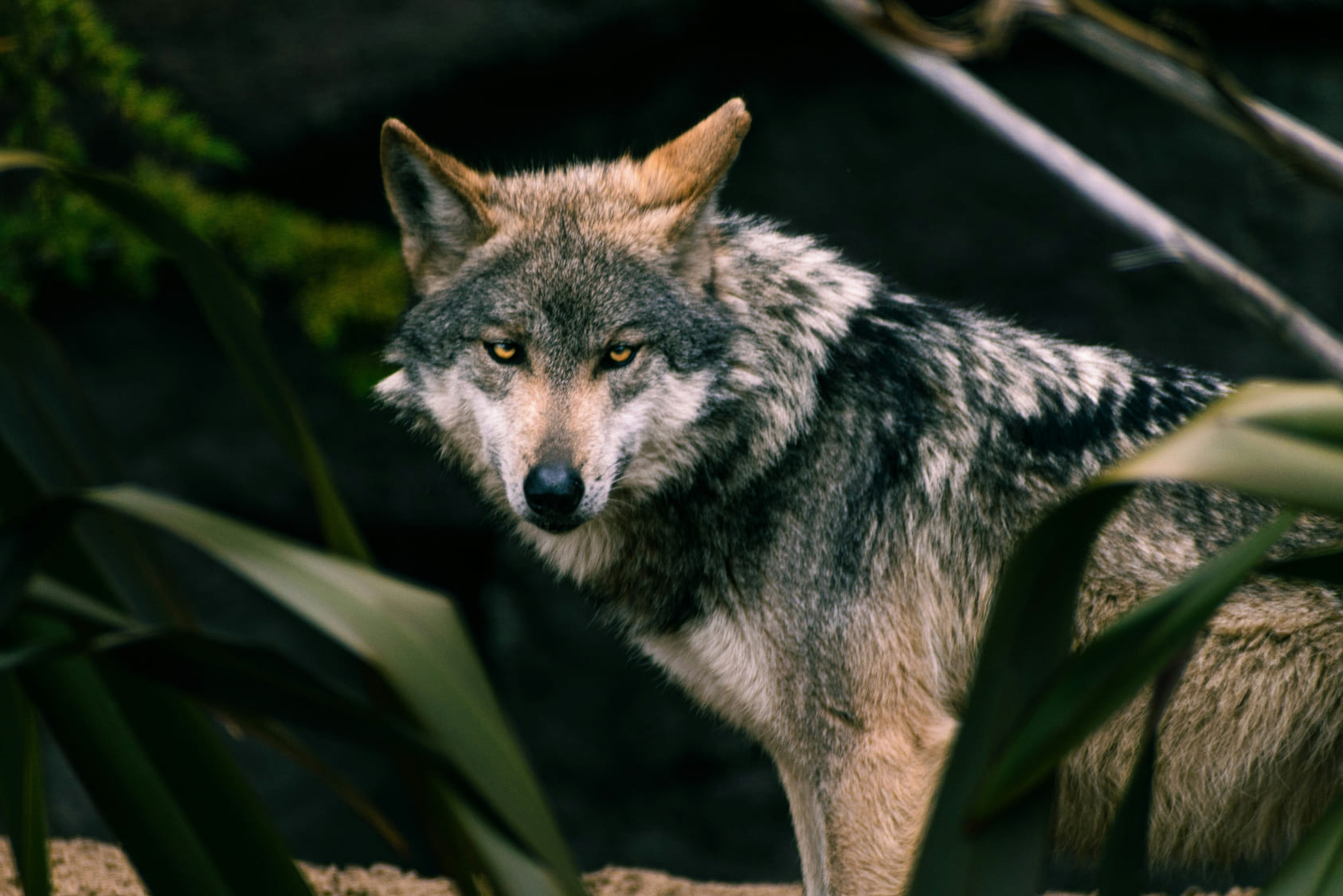The Wolf: Spirit of the Wilderness
The wolf, with its piercing eyes, haunting howl, and intelligence, is a creature that has captured human fascination for centuries. Known for its complex social structure and remarkable adaptability, the wolf is often misunderstood. As a keystone species, it plays a vital role in maintaining the balance of ecosystems across North America, Europe, and Asia.
The Pack Life
Wolves are social animals that live in packs, which are essentially families led by an alpha pair. The alpha male and female are the only breeding pair, while other members help raise the pups, hunt, and defend the territory. The pack structure is critical to the wolves' survival, as it allows them to hunt larger prey and protect each other from threats. Each member has a role, and the bonds within the pack are strong and enduring.
Communication and Cooperation
Wolves are skilled communicators, using vocalizations, body language, and scent marking to convey messages to each other. Their famous howl serves many purposes: calling pack members together, warning rivals to stay away, and even strengthening bonds within the pack. Wolves’ cooperative hunting strategies reflect their intelligence and adaptability, as they work together to take down animals much larger than themselves, such as deer and elk.
Role in the Ecosystem
As apex predators, wolves play a crucial role in their ecosystems. By controlling herbivore populations, they prevent overgrazing and support plant growth, which in turn benefits other species. For example, the reintroduction of wolves in Yellowstone National Park had a remarkable impact on the environment, restoring balance to the ecosystem and benefiting a range of other animals and plants.
Challenges and Conservation
Wolves face many challenges, including habitat loss and conflict with humans who see them as threats to livestock. Despite these challenges, conservation efforts have helped stabilize some wolf populations. Zoos contribute by educating the public about wolves, supporting breeding programs, and helping dispel myths about these incredible animals.
The wolf is more than a symbol of wilderness; it is an essential part of the natural world. By understanding and protecting wolves, we safeguard the health of ecosystems and honor one of nature’s most captivating and intelligent creatures.
